

Age: 29
Sex: male
Crime: murder
Date Of Execution: 7 Apr 1922
Crime Location: Chaddesden, Derby
Execution Place: Nottingham
Method: hanging
Executioner: John Ellis
Source: http://www.capitalpunishmentuk.org/
Percy James Atkin was convicted of the murder of his wife 27-year-old Maud Atkin and sentenced to death.
He buried her alive in an allotment at Chaddesden, near Derby on 21 November 1921.
Percy Atkin had been a railway goods guard and had lived with his wife and two children at Francis Street in Derby.
Maud Atkin's health had been indifferent and Percy Atkin had complained that she had been away for long periods of time at Buckden in Huntingdonshire and that their two children were being neglected.
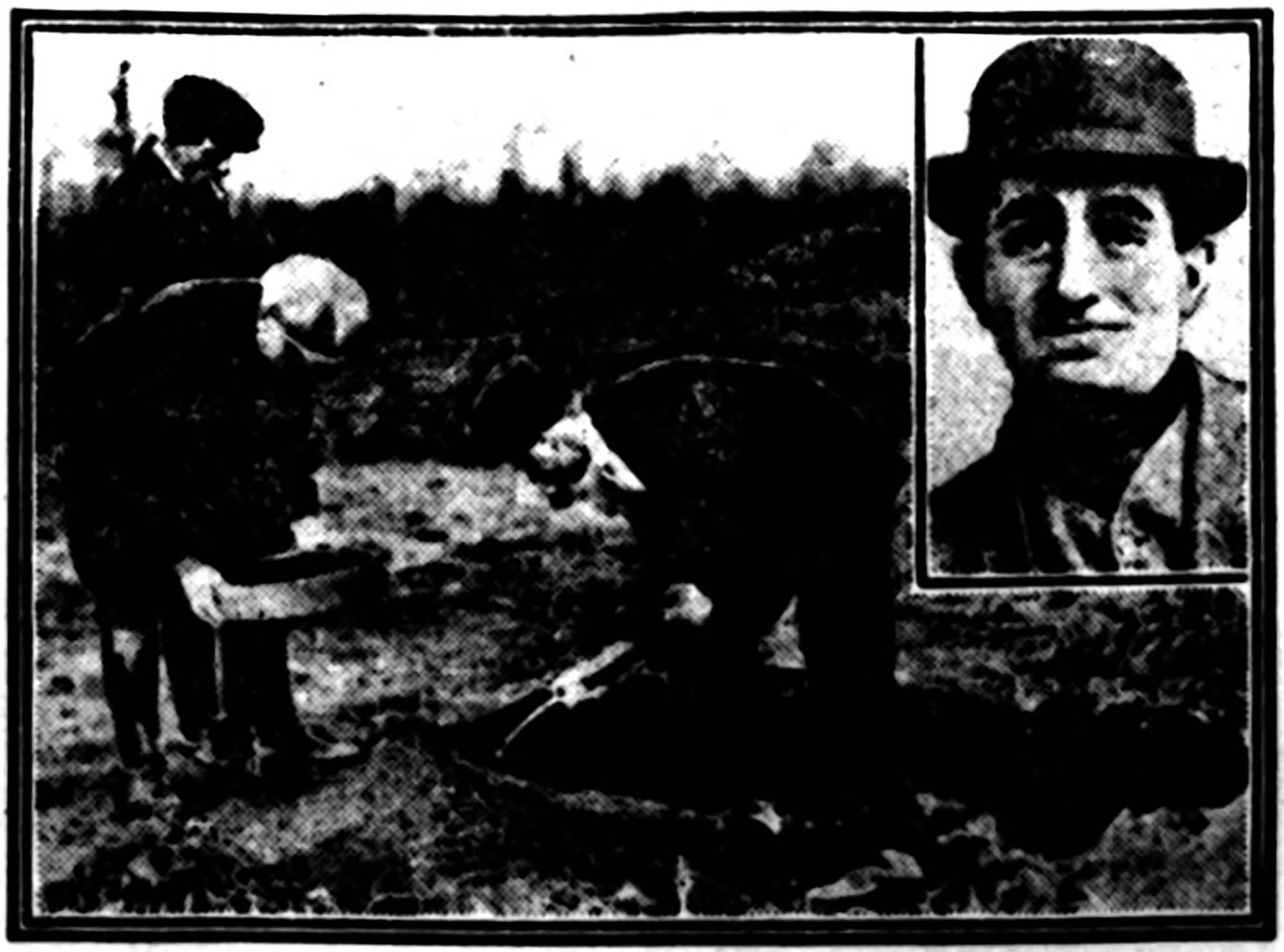
In September 1920, Percy Atkin made the acquaintance of a single woman and it appeared that as early as May 1921 he had proposed 'marriage' to her. He had posed as a single man up until shortly before he 'married' her on 14 November 1921, when her suspicions were aroused and he told her he was a widower.
They went through the form of 'marriage' at Bakewell and from 14 to 21 November 1921 Percy Atkin lived and slept with the woman at her house in Cooperative Street, Derby whilst Maud Atkin was living at their house in Francis Street.
During that week Percy Atkin was telling Maud Atkin that he was going to move from home in Francis Street to a house in Normanton and he moved some of their furniture from Francis Street and arranged with Maud Atkin that the remainder should be moved on 21 November 1921.
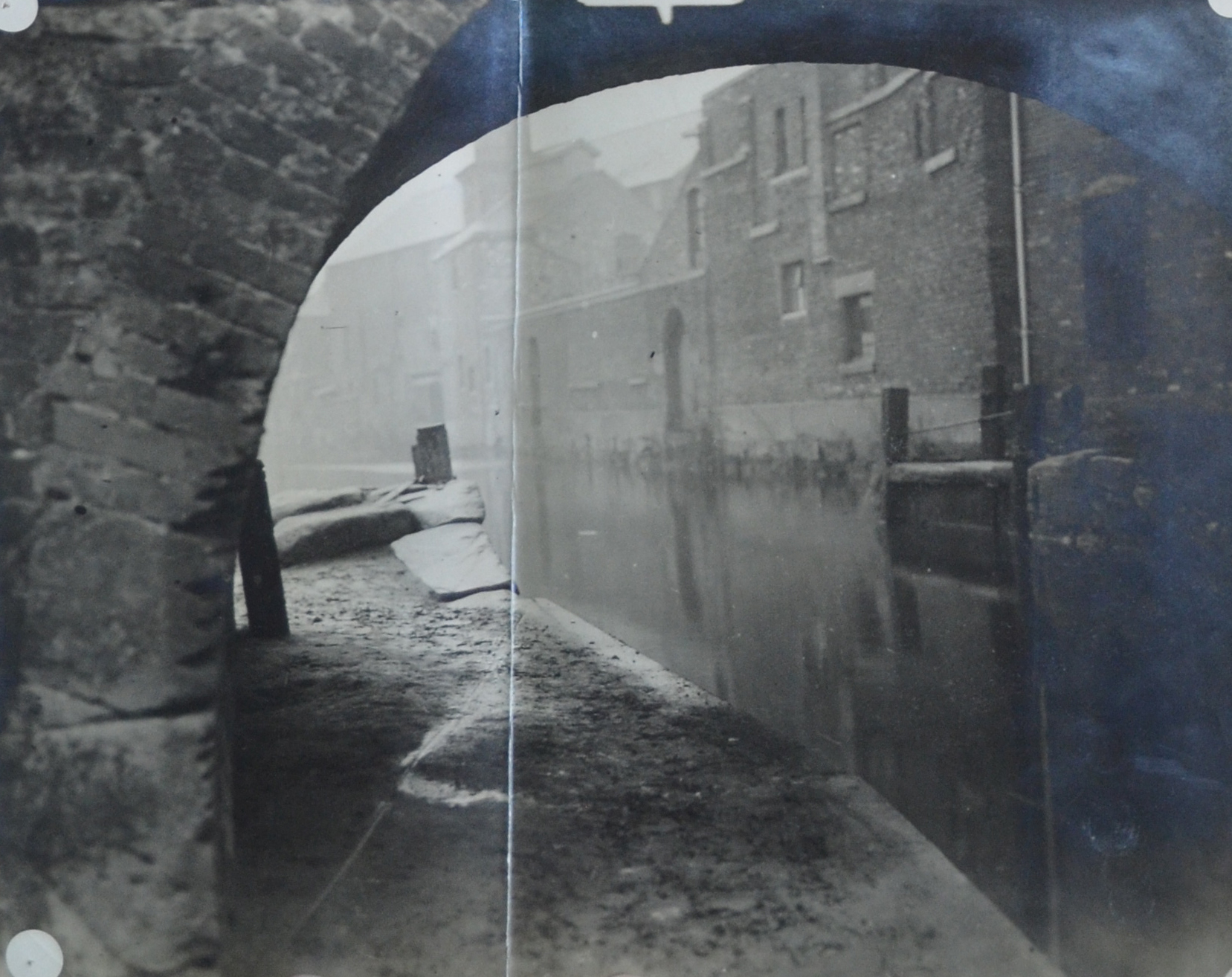
In that day Percy Atkin and Maud Atkin left Francis Street at 2.15pm and thereafter no one could definitely say that she had been seen alive, although two or three witnesses who saw Percy Atkin later in the day with a woman who they thought had been his wife.
During the week that Percy Atkin had been living in Cooperative Street with his new wife, he had borrowed a spade from a neighbour and had dug a large hole on his allotment, which was some little distance from Francis Street, stating that he had been doing it for the purpose of planting an apple tree there. However, it was later stated that there appeared to be little doubt that he had in fact intended it for his wife's grave.
The hole had been 4ft 6in in length, 2ft 4in wide and 2ft 6in deep.
It was scooped out in the middle where the hips would rest and was shallower at each end.
However, the disappearance of Maud Atkin gave rise to a good deal of talk, and Percy Atkin told lie after lie to account for it.
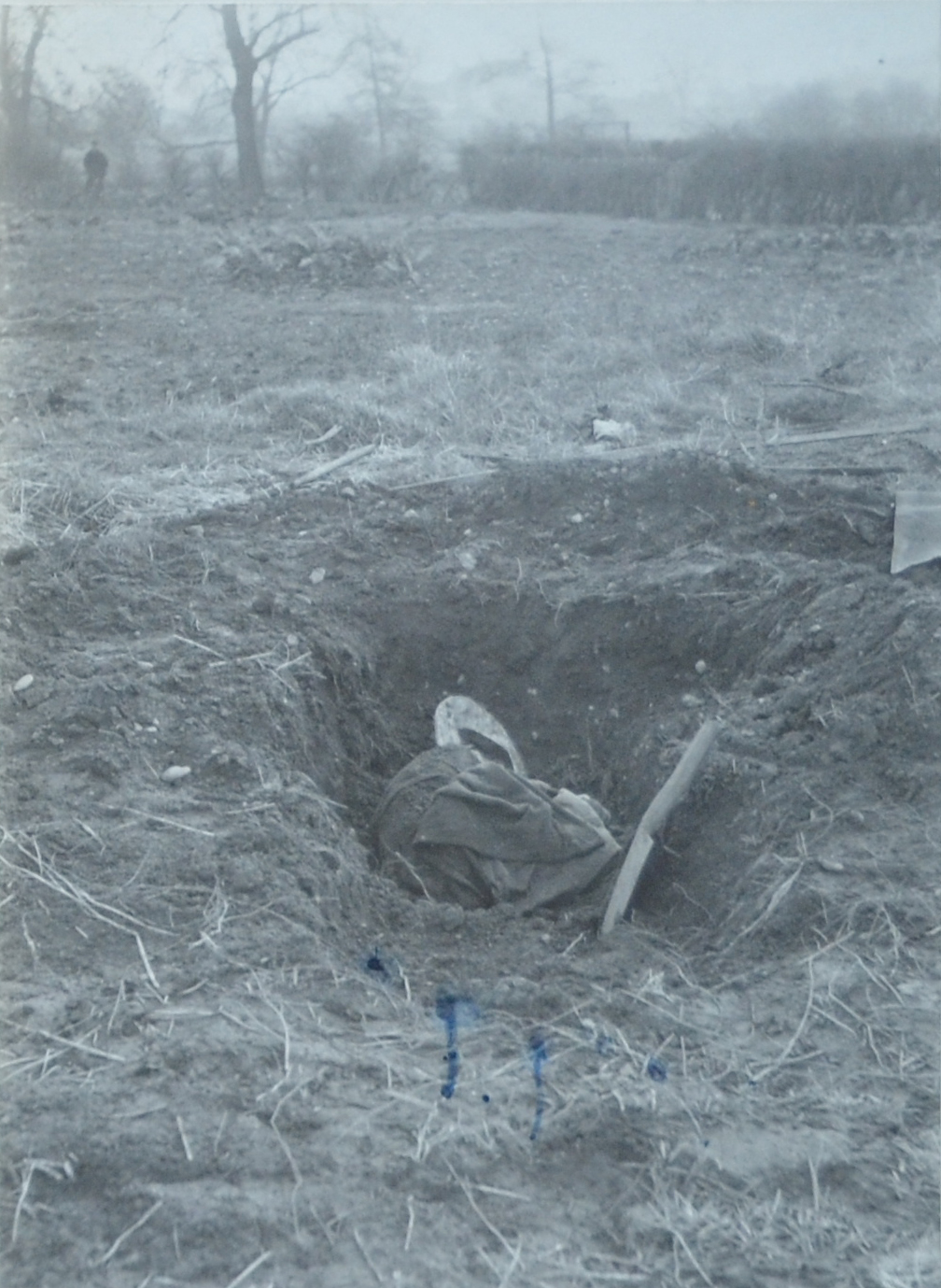
He said that she had gone home to bury her father and later, in a wealth of detail, that she had been taken ill and had died in early December 1921, and had been buried in Nottingham Road cemetery.
In the meantime, his new wife discovered that when she had married Percy Atkin on 14 November 1921 that his wife was certainly alive, and she refused to live with him any longer.
Percy Atkin then said that Maud Atkin had disappeared and that he would do everything he could to find her.
However, on 2 January, a shunter, whose attention had been attracted to a depression in the ground on Percy Atkin's allotment, dug it up and found the body of Maud Atkin, covered with about 6in of soil.
Medical evidence showed that Maud Atkin had died from asphyxia caused by violence. There were no very definite signs that she had been strangled, however, it was noted that putrefaction might have obliterated any signs that might have been there. There was however a small mark as of a blow on her left temple, which might have stunned her, and it was impossible to say whether or not she had been dead when placed in the hole, or whether she was only stunned and had been buried alive, such that she was prevented from recovering consciousness.
There was no fracture of the skull, but there was definite evidence of asphyxiation.
There were no other symptom in the organs that might have accounted for death by seizure or otherwise.

When Percy Atkin was questioned, he said that on 20 November 1921 he told Maud Atkin that he had committed bigamy and that she was angry and blamed herself for having been away so much from home and that she would not tell the police, but would return to her people at Buckden by the midnight train on 21 November 1921. However, the police report noted that the question of why she should go by the midnight train was not explained, noting that she could have got to Buckden by an ordinary train at any time in three hours. It was further noted that all the evidence pointed to Maud Atkin having been under the impression when she left Francis Street at 2.15pm on 21 November 1921, that she had been going to the house in Normanton where the furniture had been removed to.
Percy Atkin went on to say that he spent the afternoon of 20 November 1921 more or less in Maud Atkin's company and that about 8.30pm they were together in Nottingham Road somewhere near where Chequers Lane ran into it and that they quarrelled about him not allowing her to have the boy with her. He said that she then took off her ring and said:
He said that shen then went up Chequers Lane whilst he stopped to look for the ring that she had thrown at him.
He said that he then went up Chequers Lane after her, but couldn't see her, and eventually found himself on the towing path close to the Chequers Lane canal bridge where he then:
And that looking down found that it was the body of his wife.
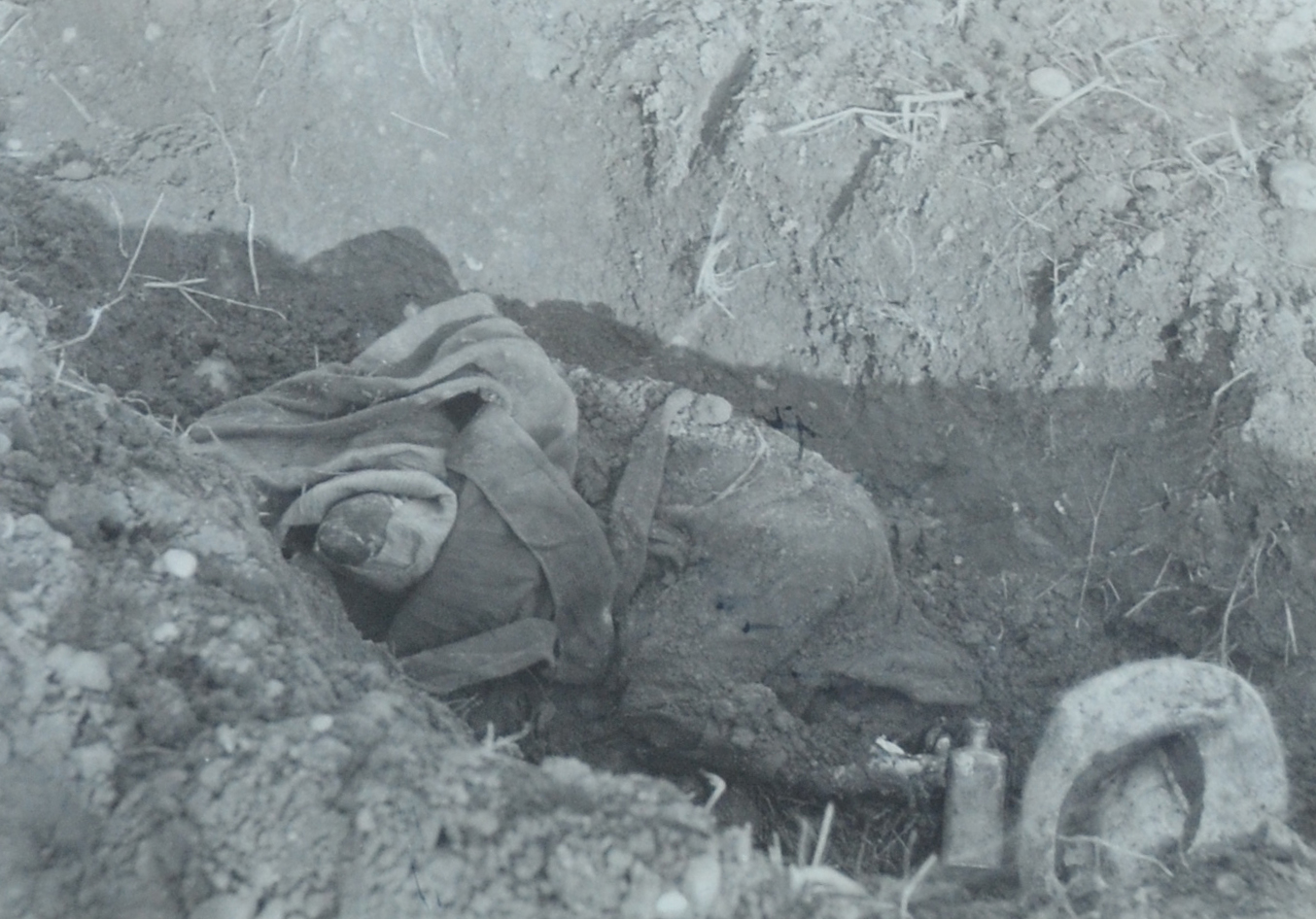
At the trial the judge suggested that Percy Atkin had chosen that place to stumble on his wife's body in order to suggest that she might have fallen or thrown herself over the bridge, noting as a matter of fact it was a drop of 14ft from he drop to the tow path and that her body showed no injuries that would have resulted from such a fall.
Percy Atkin however said that her head was covered with blood, however, it was noted that there were only two small spots of blood found on her clothing when she was found, both being on a wrap round her neck.
Percy Atkin said that he then felt her heart and found that it had stopped. He said:
He said that he then carried her body, carrying it with short rests, about three quarters of a mile to the allotment where he placed it in a hole had had made for an apple tree.
He said that he then returned to Cooperative Street where he arrived, according to the evidence of his new wife, who was described as unreliable on that point, about 10pm.
Percy Atkin said that he was knocked up the following morning about 3.55am, although according to the evidence of the knocker-up and his practice, he was probably not called until 4.25am or 4.30am, as he was only for duty at 6am.
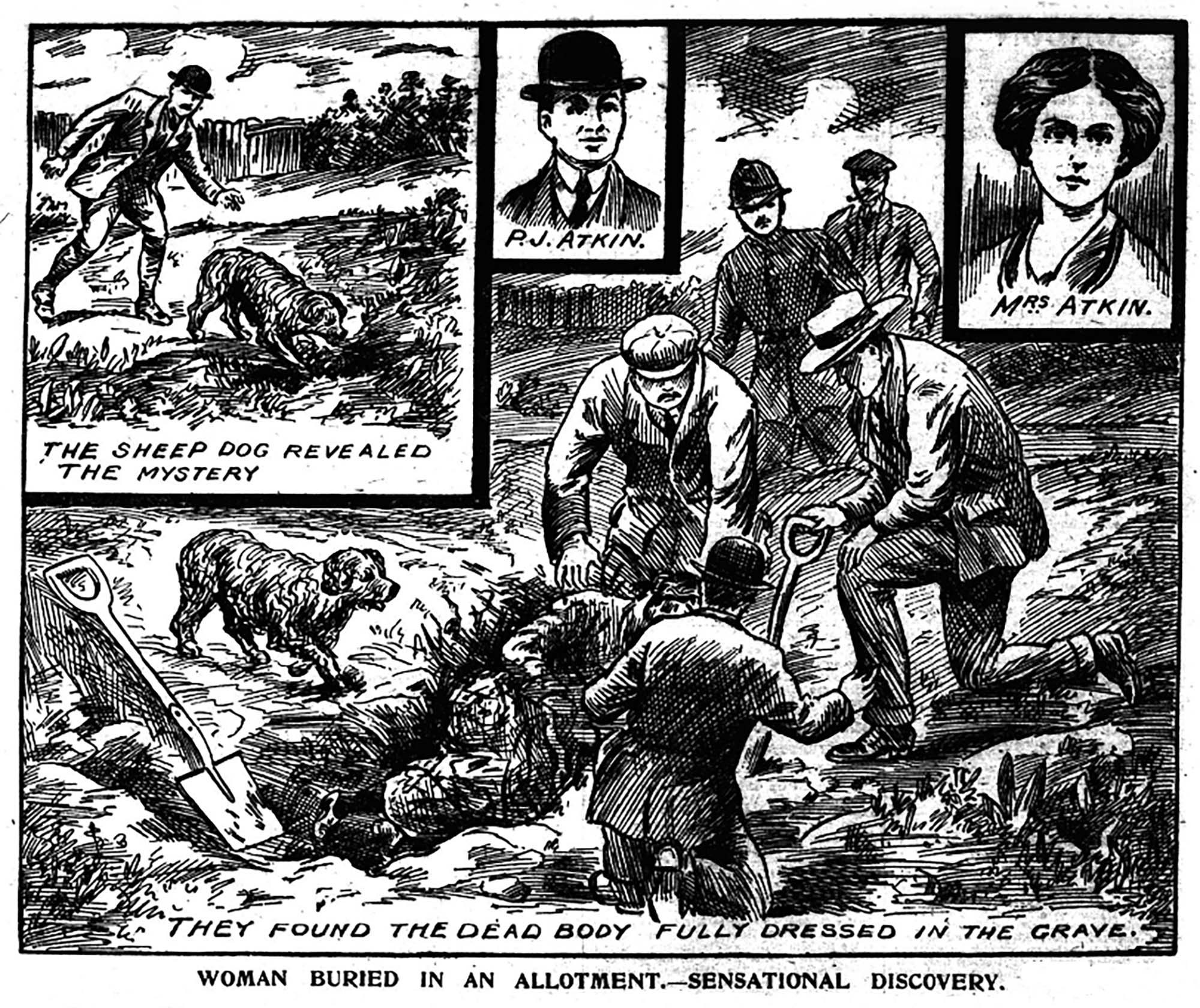
He said that he then went to the allotment, and find that Maud Atkin's body had not been moved, he filled up the hole and covered her body with soil.
He then reported himself for duty at 6.20am, but got excused duty on the ground that he had a cold.
He denied having been seen in Nottingham Road in the company of a woman at 11pm the night before, as sworn by two witnesses that had known him well.
It was said that at his trial, Percy Atkin's defence was put to the jury by the judge very fairly indeed, it being noted that the judge told them over and over again that if they thought that Percy Atkin's story might be true, even if they were not satisfied that it was true, that they ought to acquit him of murder, although, if they thought that, even if his story was true, that he had been guilty of gross negligence in not obtaining assistance and medical advice as to whether Maud Atkin was or was not dead when he found her, and in putting her into the hole as he described, that they might find him guilty of manslaughter.
However, the jury rejected Percy Atkin's story altogether and after 50 minutes deliberation, returned a verdict of guilty, with which the judge entirely concurred.
The police report concluded by stating that it was impossible to say exactly what happened or where Percy Atkin attacked his wife or whether she was dead or not when he put her into the hole and buried her. However, the report submitted that there was no doubt that he killed her and that he had deliberately dug the hole with a view to concealing her body.
Percy Atkin was convicted at the Derby Assizes of murder on 17 February 1921 and due to the closure of Derby prison he was hanged at Bagthorpe prison, Nottingham on 7 April 1922.

The Derby Canal was closed in 1964 and whilst some attempt has been made to restore some parts of the canal that remain, the section at Chequers Bridge, which crossed Chequers Lane, has been abandoned and is unrecoverable due to land development. It ran just south of Nottingham Road where it crossed Chequers Lane before then following just off the current course of Chequers Lane after which it followed the route of the A52 southeast.
see National Archives - PCOM 8/4, ASSI 13/52, HO 144/1762/429869
see Nottingham Evening Post - Wednesday 04 January 1922 (photo of Percy Atkins)
see Illustrated Police News - Thursday 12 January 1922
see Reynolds's Newspaper - Sunday 08 January 1922 (images)